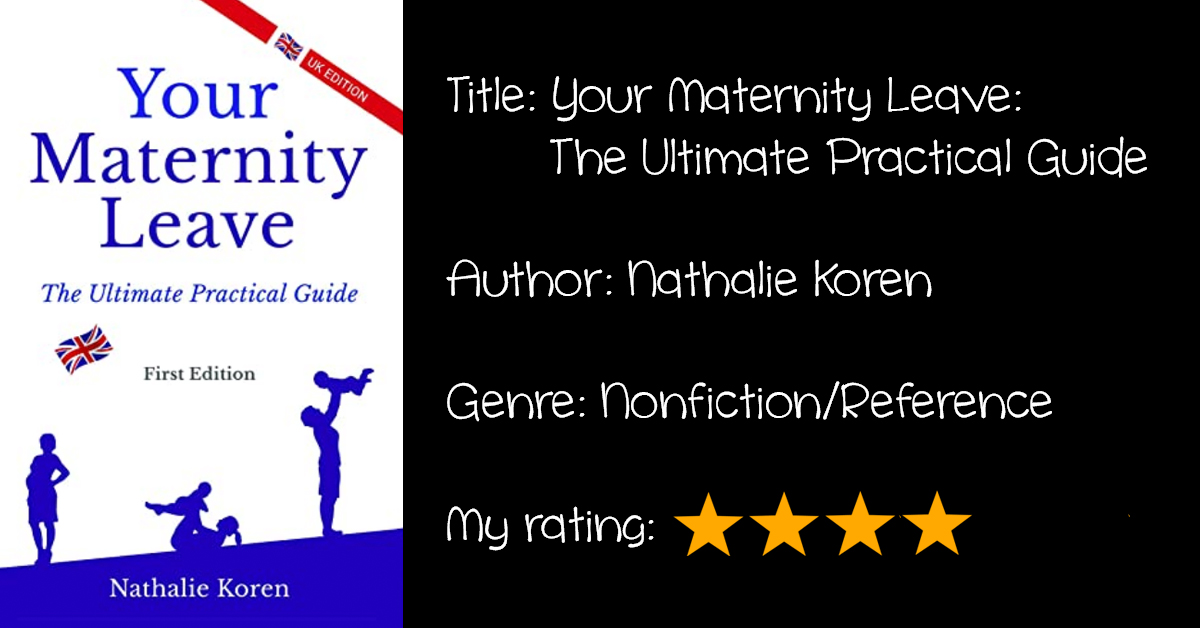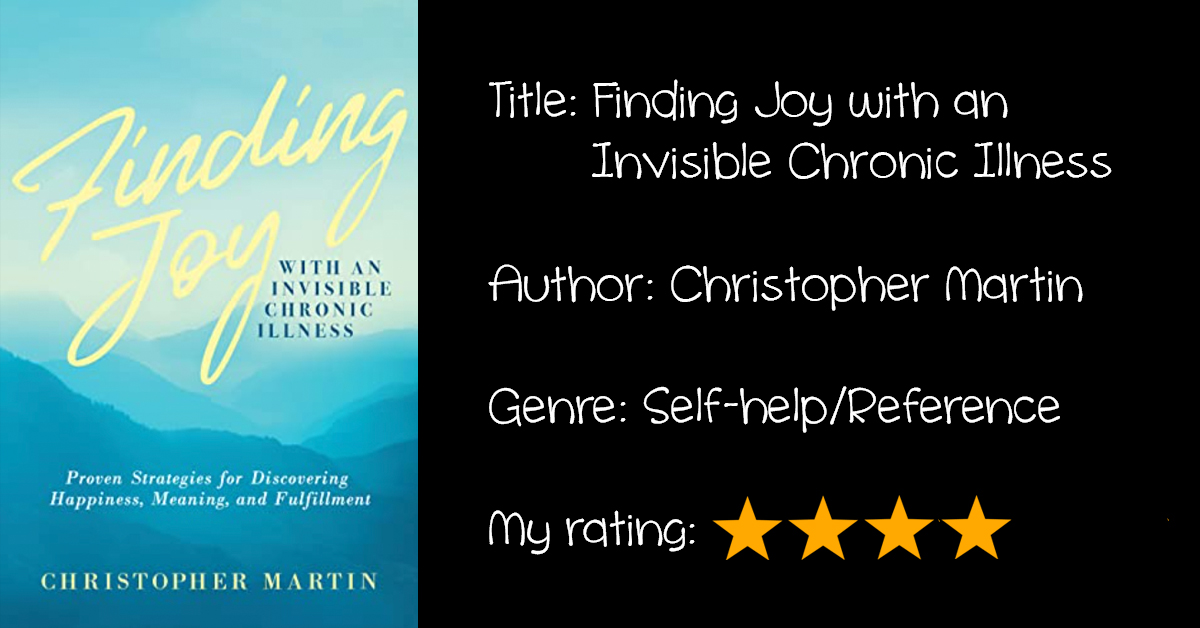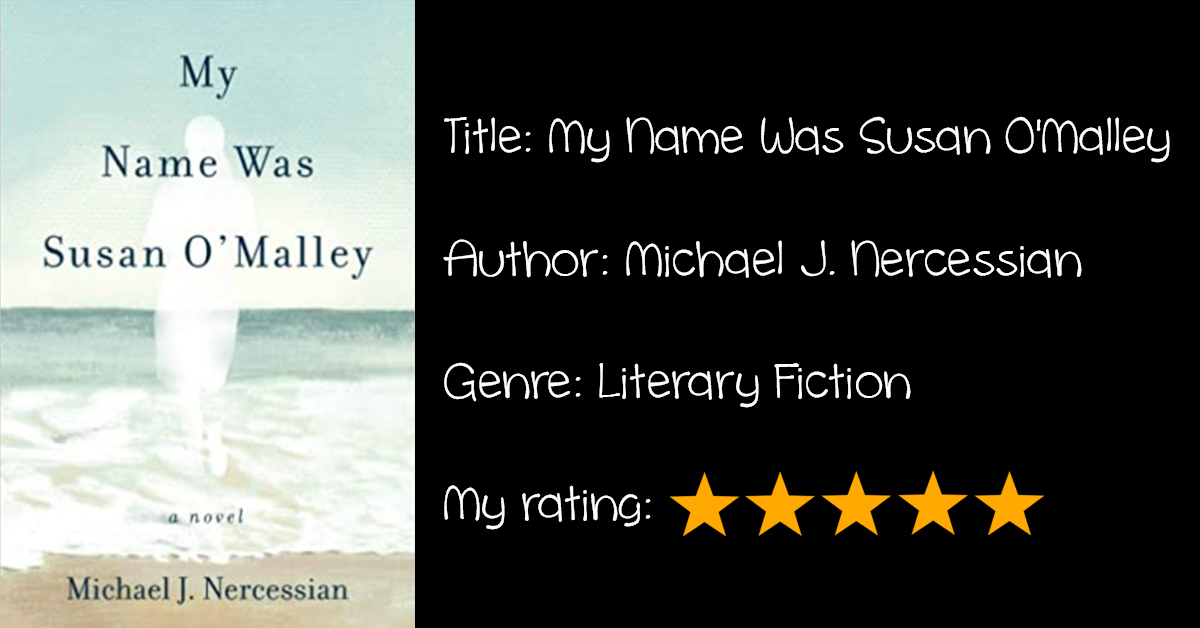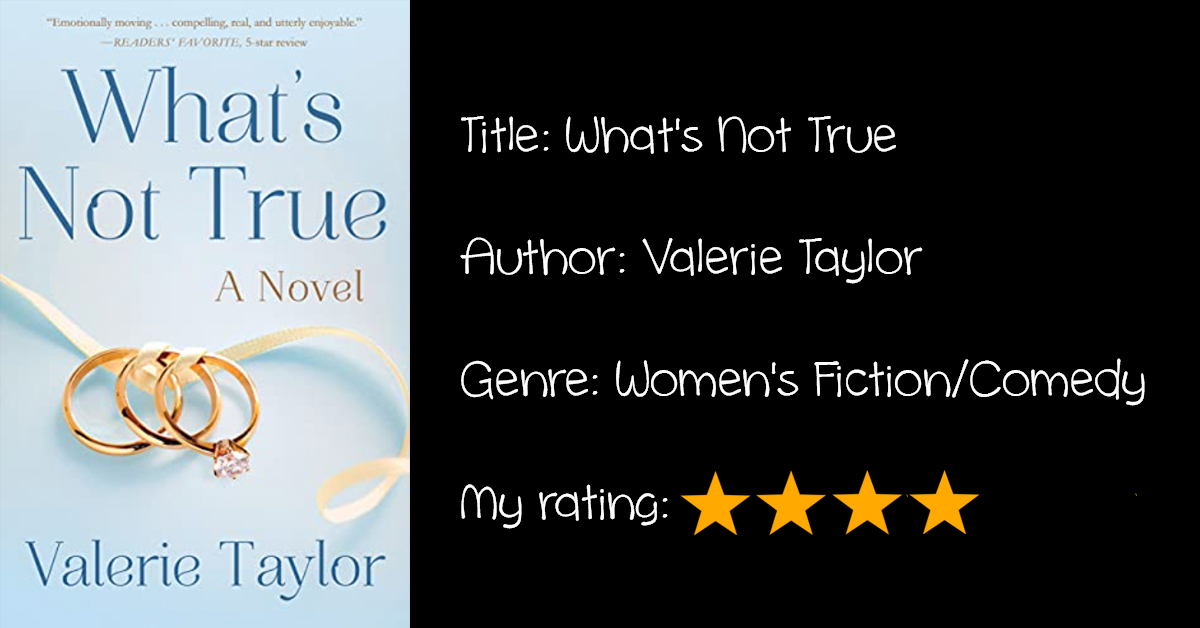Review: “Your Maternity Leave: The Ultimate Guide”
An informative guide and roadmap with practical advice for expectant UK mothers
This was my fifty-fourth book I chose via the Reedsy Discovery program, for which I am the single approved reviewer for this new book. This review also appears on Reedsy.
If you’re interested in becoming a Reedsy reviewer (and have the chance to get paid “tips” to review books!) check it out here.
The Premise
This guide aims to be a cohesive roadmap for expectant UK mothers, with checklists and tips along with practical guidance and reassurance to successfully transition out—and also back into—the workplace. Presented in a simple, easy to follow format, this book is the perfect companion to inspire and empower all working women about to embark on this life-changing journey.
The Pros & Cons
This is an informative guide and roadmap with practical advice for expectant UK mothers.
First, we begin with some key facts: UK law provides 52 weeks statutory leave, and the ability to start from as early as 11 weeks before the baby’s due date. However, only the two weeks after the baby’s birth are mandatory. As such, women have a choice with regard to maternity leave — some return after the first six months (ordinary leave), others the full 52 weeks (additional leave), and many choose a non-standard timeframe that suits their needs. However, the reduced rate of pay during this period may be a motivating factor for a mother to return to work earlier than the full timeframe available.
Job security should be guaranteed (the same job with the same terms and conditions) after the first 26 weeks of “ordinary leave”; while if you return in the longer “additional leave” period, your employer should also provide job security but the role and responsibilities may be adjusted (though not less favourable). If you are unable to claim Maternity Pay if you haven’t been at the company long enough, or if you are self-employed, the government steps in.
Indeed, as the author’s tip notes:
“Job security for a full year in the UK is extremely generous and a rare opportunity.”
There are also additional employment rights that you are guaranteed during your maternity leave, and discrimination upon your return is unlawful. However, despite protections in place, many women do face unfair treatment — and it is important to ensure to document any of this in writing to protect yourself.
The book is easy to read and laid out clearly, with reference checklists and bullet-point lists that catch the eye. There were also many tips that didn’t seem focused on childbearing/childcare only but just general advice for saving, budgeting, and planning; physical and emotional self-care; and even self-development and career tips. I also appreciated that there is some research and wider context provided, as well as the links provided to online tools to help with the practical planning for bringing a child into the world. Notably, while actual “having” a baby is free (via the NHS) or very low cost in comparison to other countries, the UK has one of the highest costs in the world for nursery childcare — though, thankfully, there are government initiatives to offset some of these costs.
Conclusion
Overall this was an informative and easy-to-read guide, and the writing style is engaging and personable. With the varied aspects it covers, it felt like the author gathered her own multifaceted experience to share with others. While I enjoyed this style, other readers should be advised that this would not be a go-to reference guide if you are looking for something formal with primary research or a cohesive unique thesis; rather, this touches on many aspects and points you to other sources of information — it is, as outlined, a “practical guide”. I can see this being a great gift to give any expectant mom.


















































